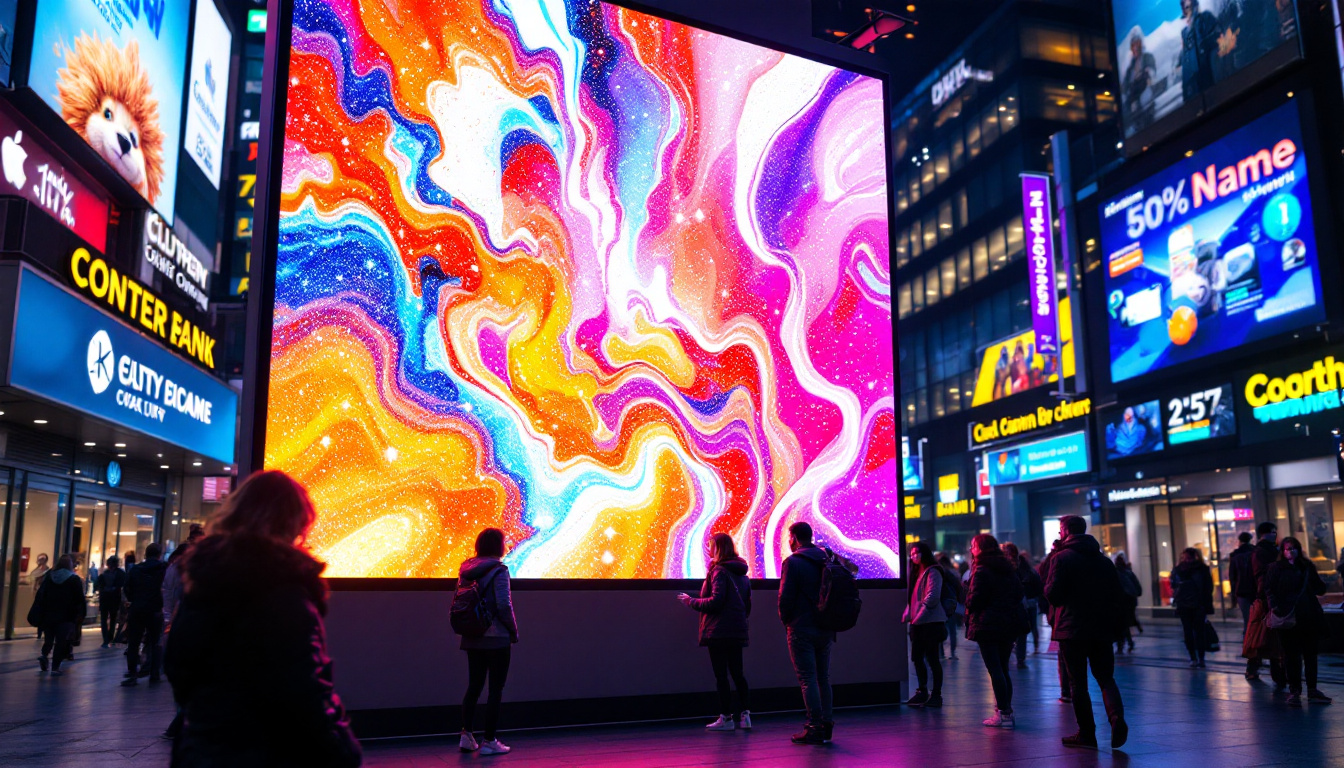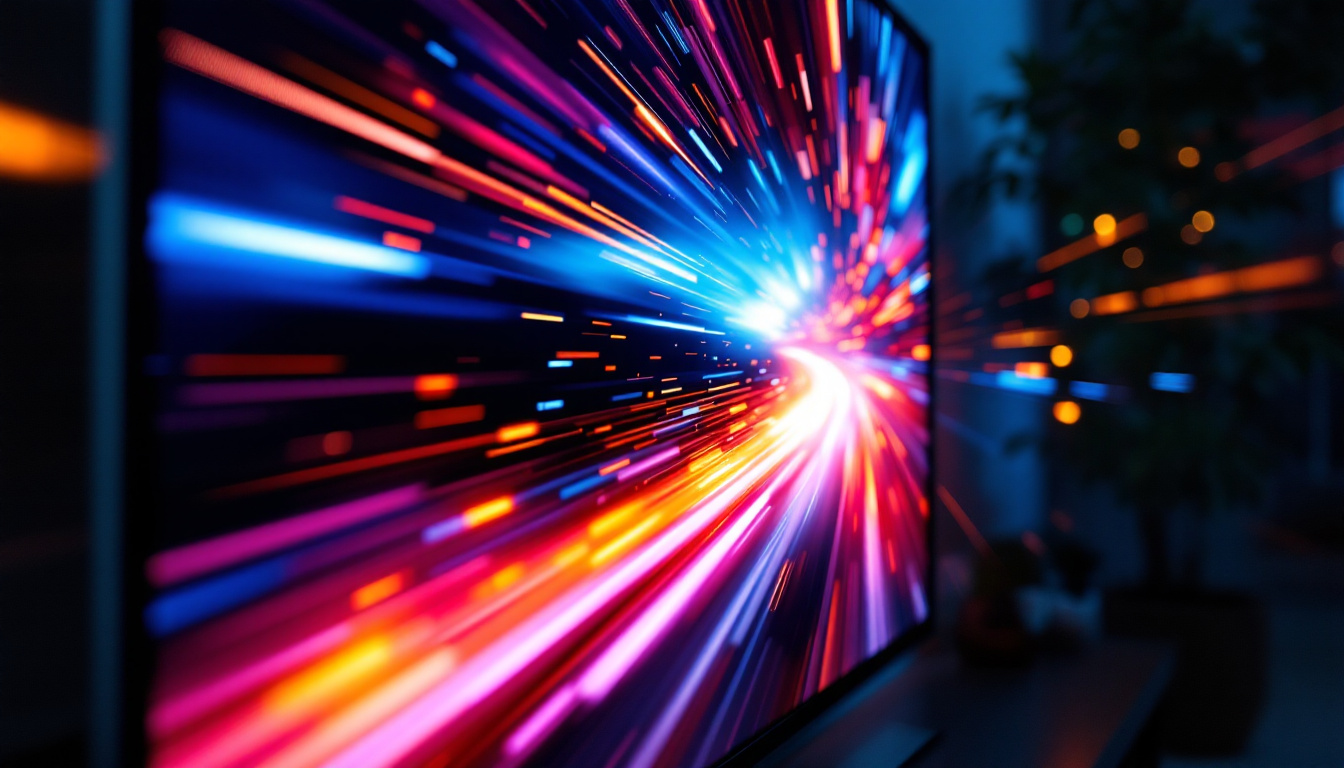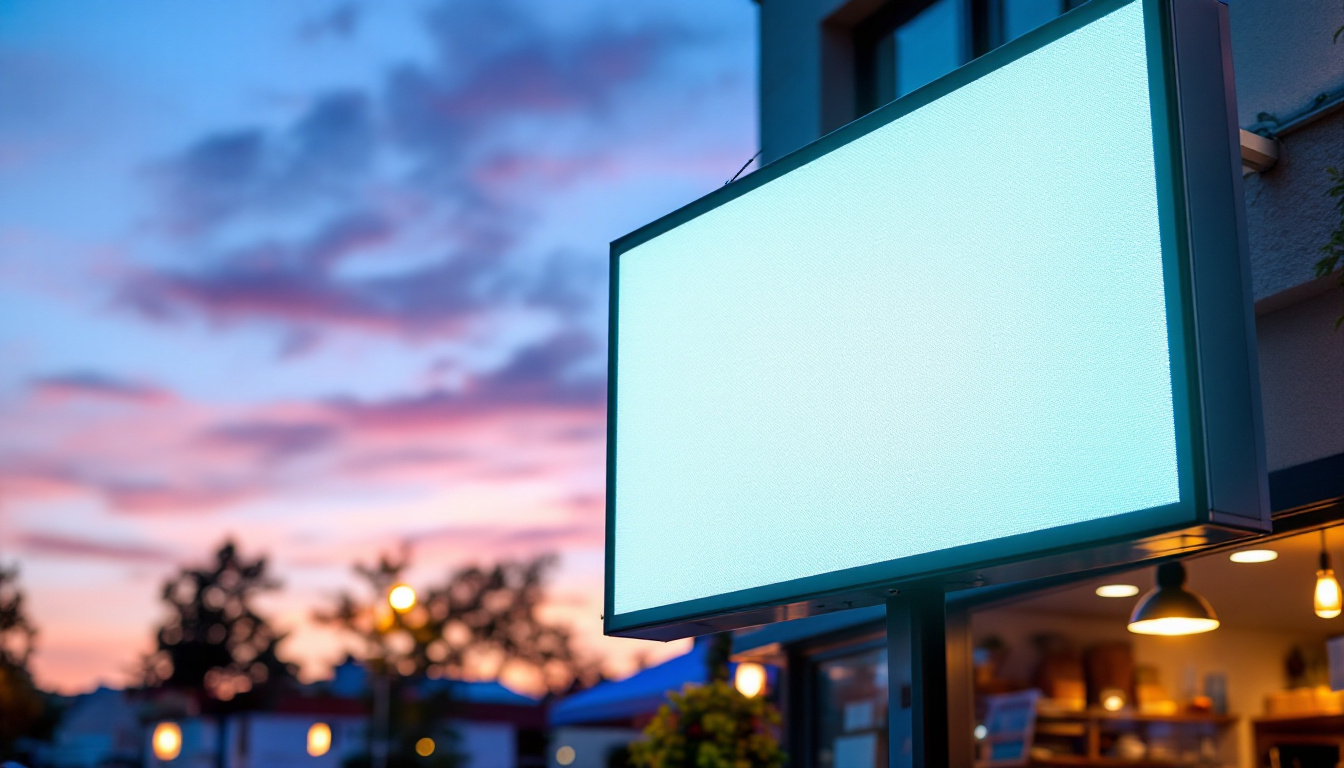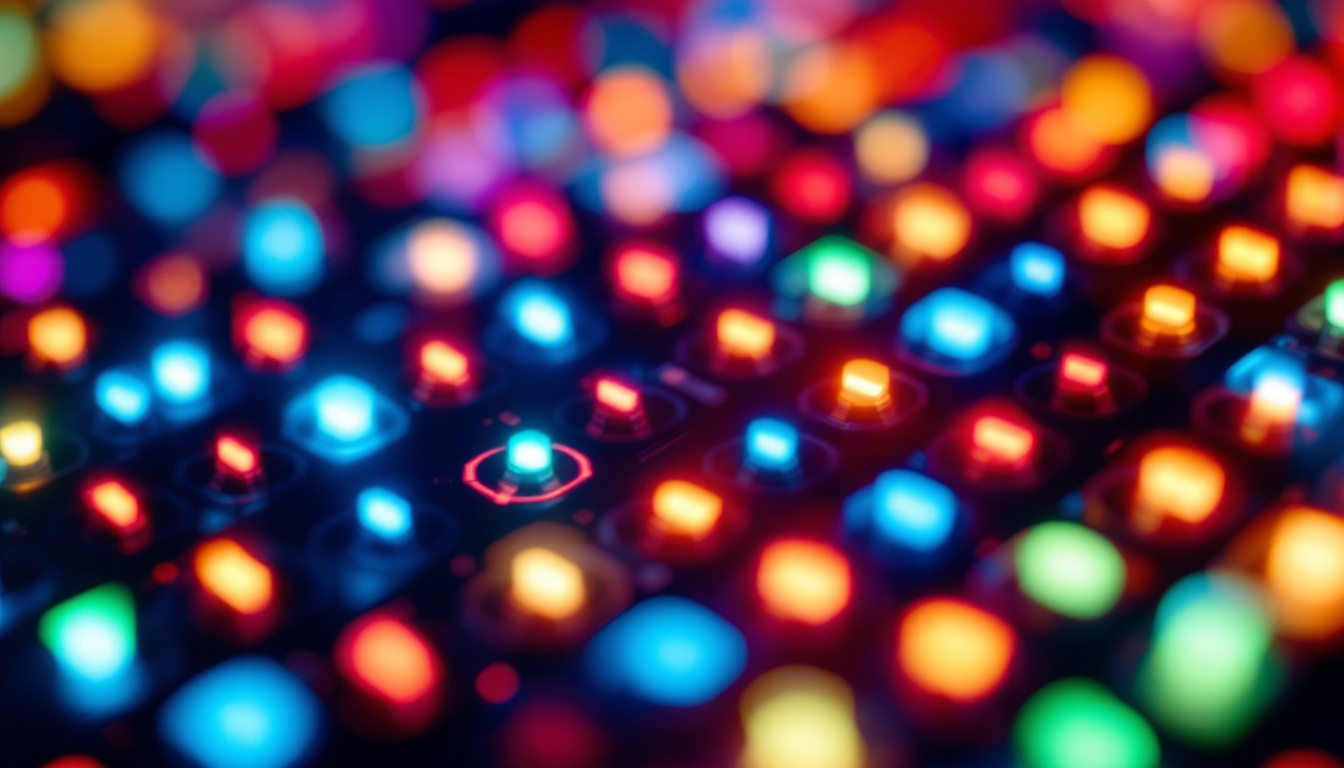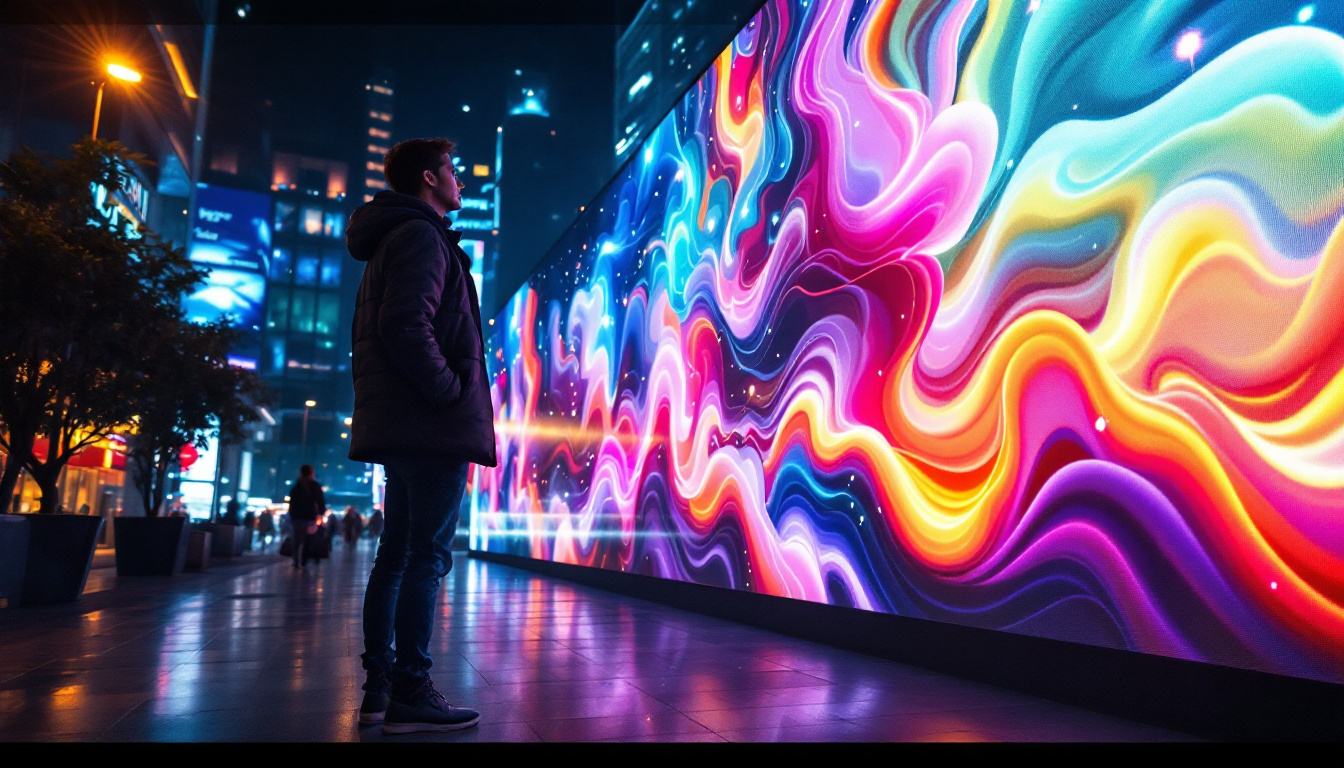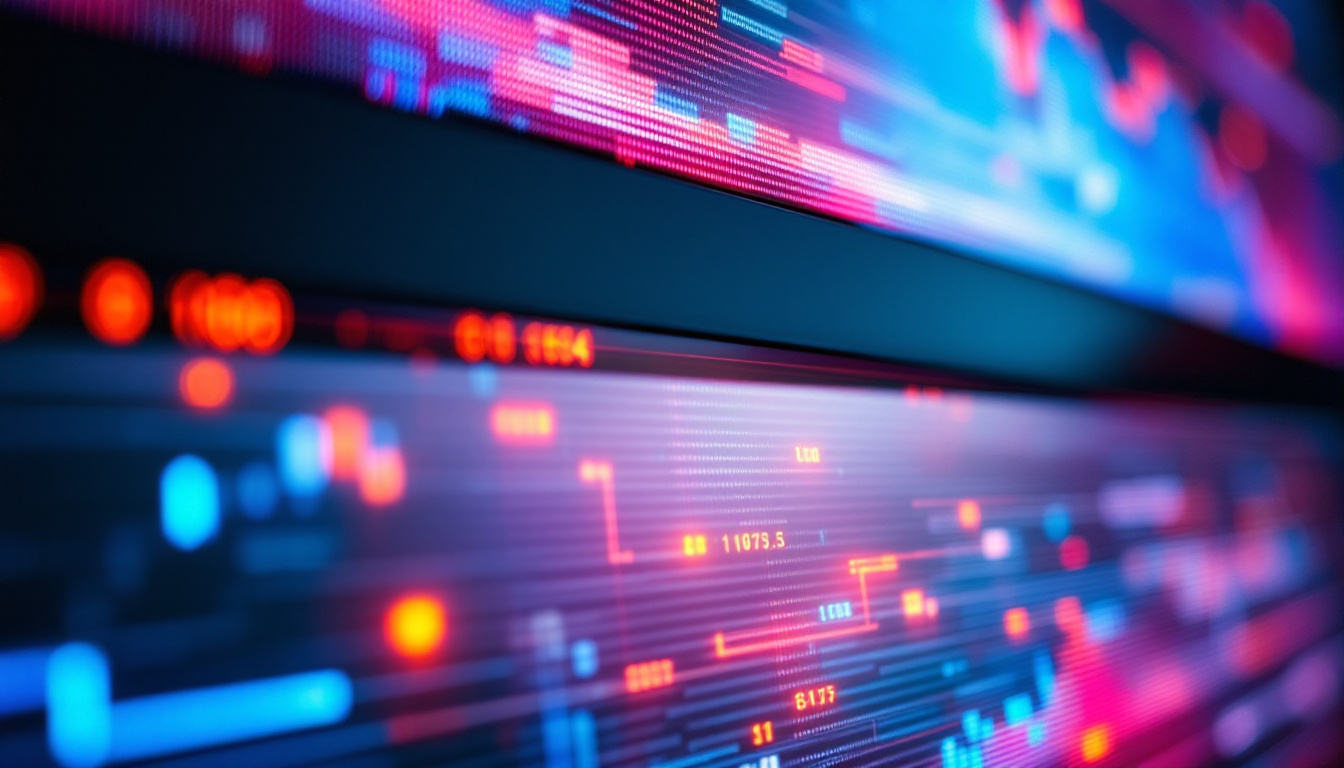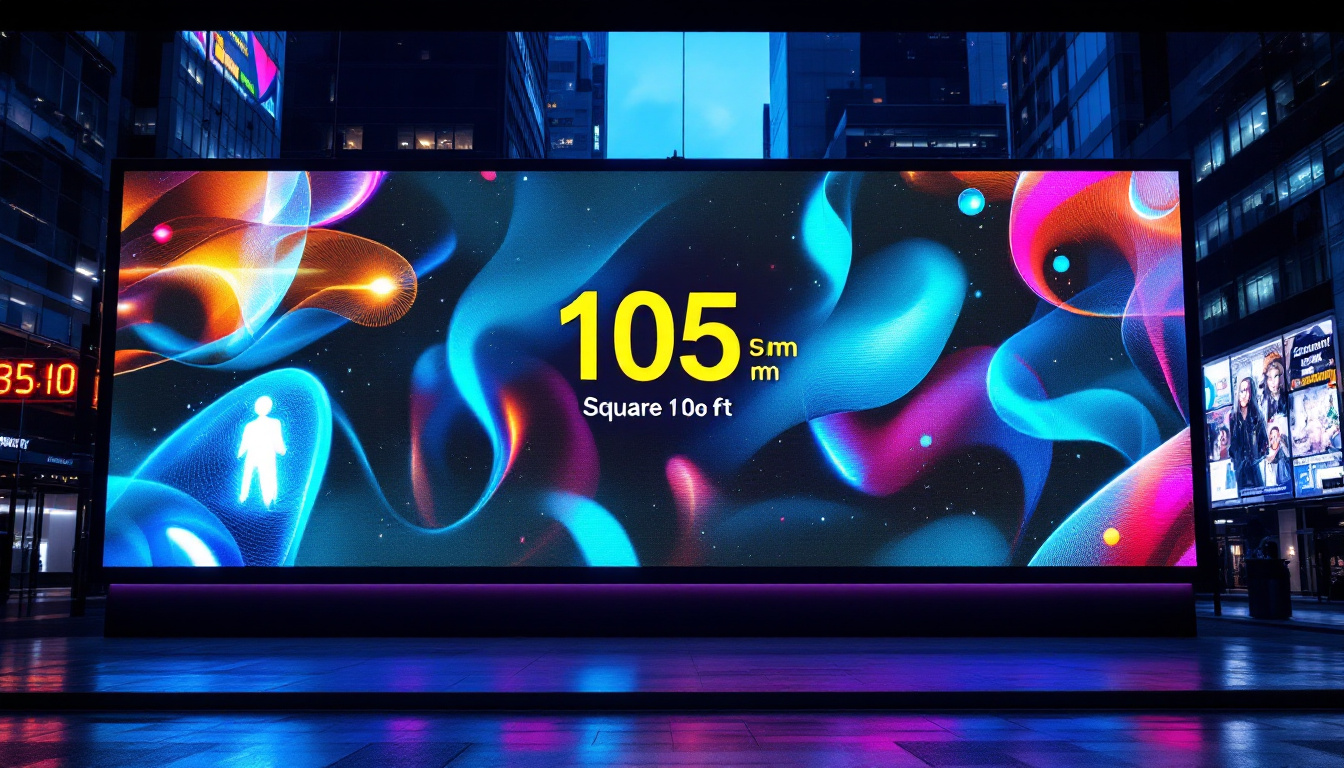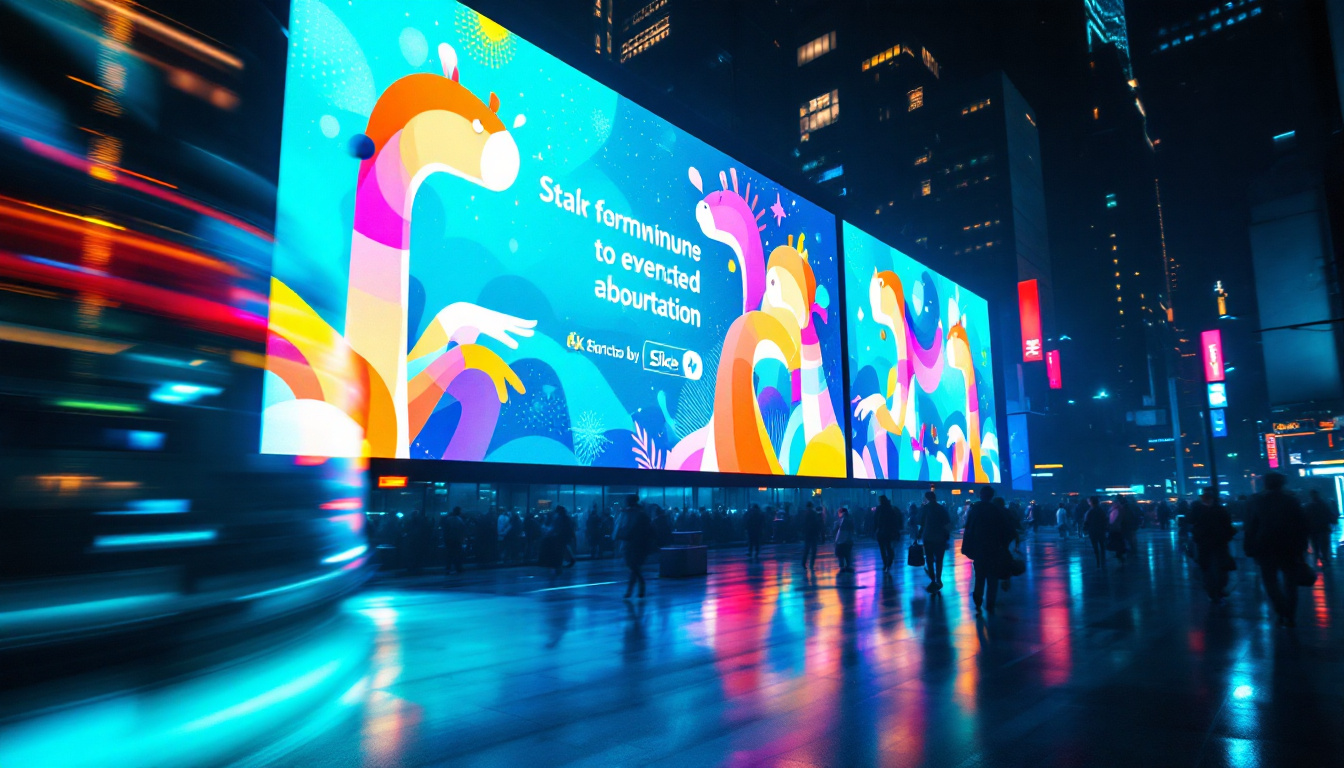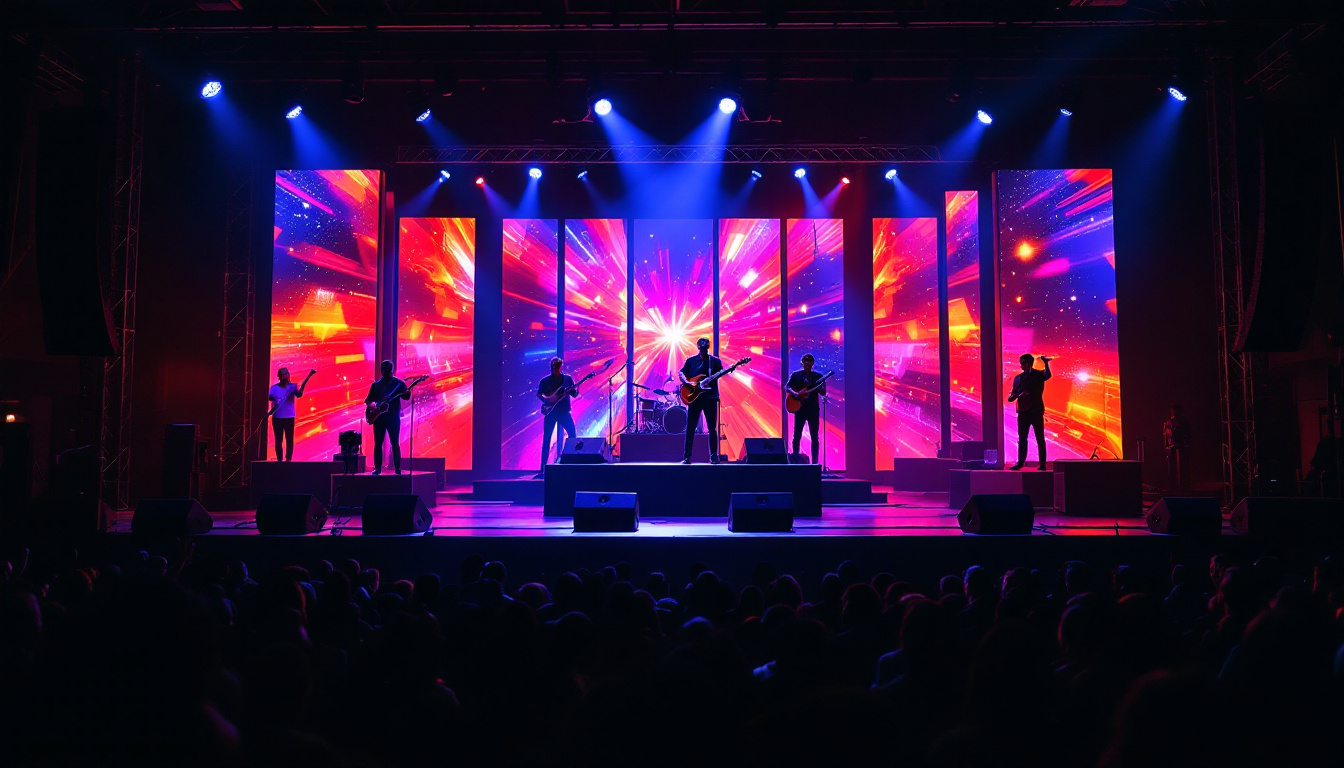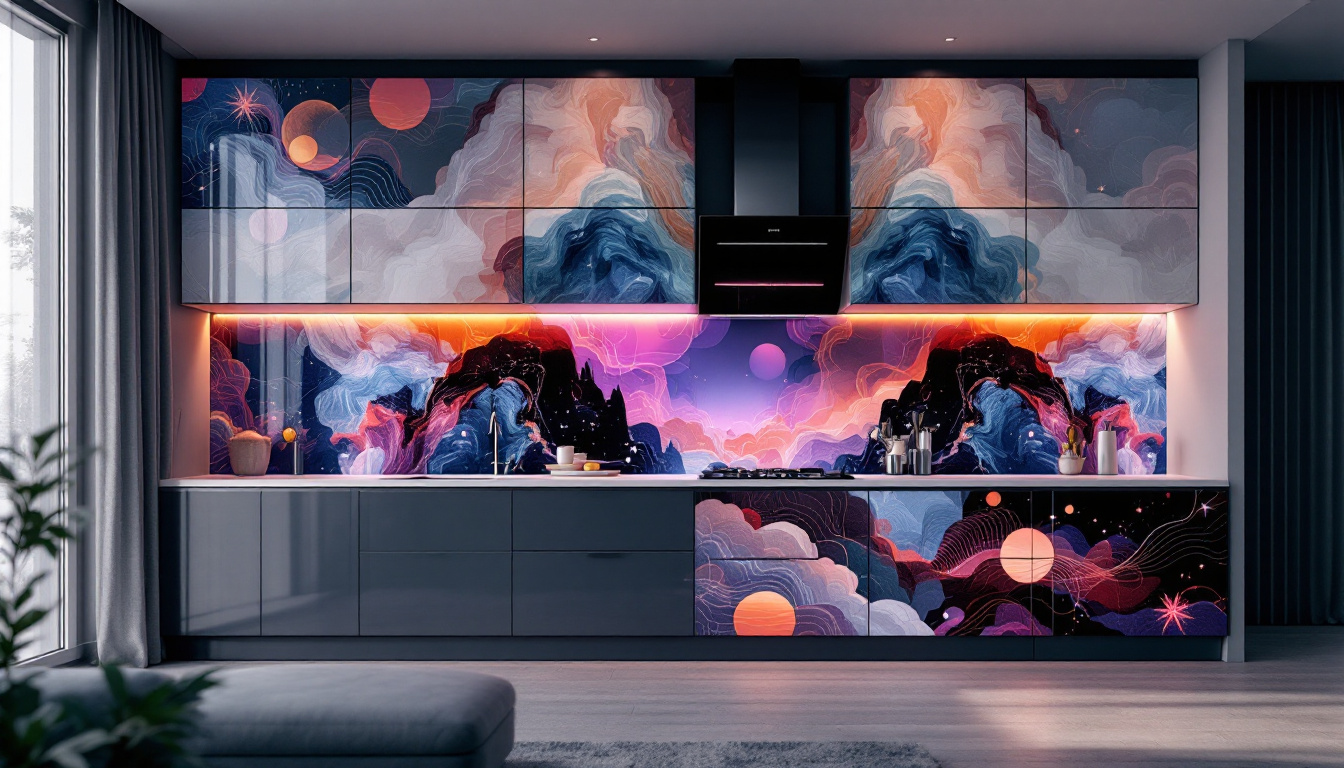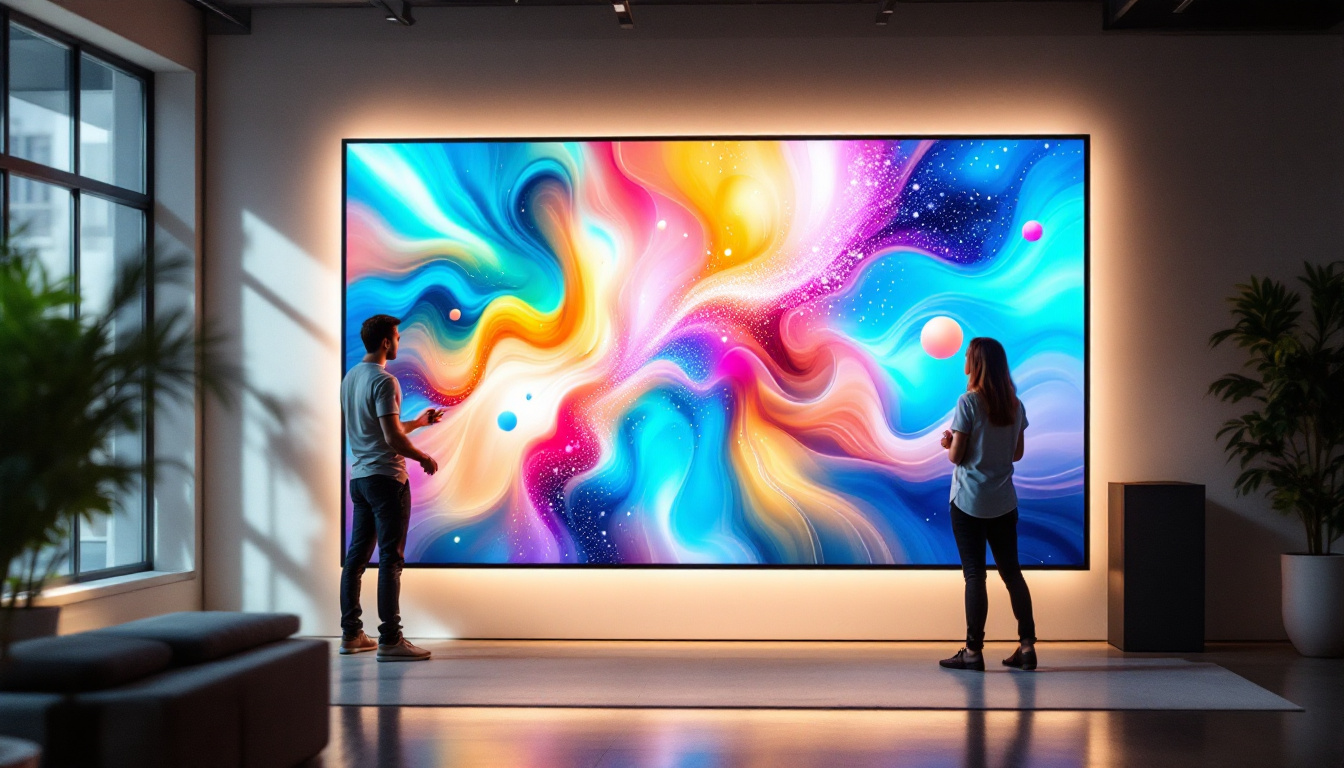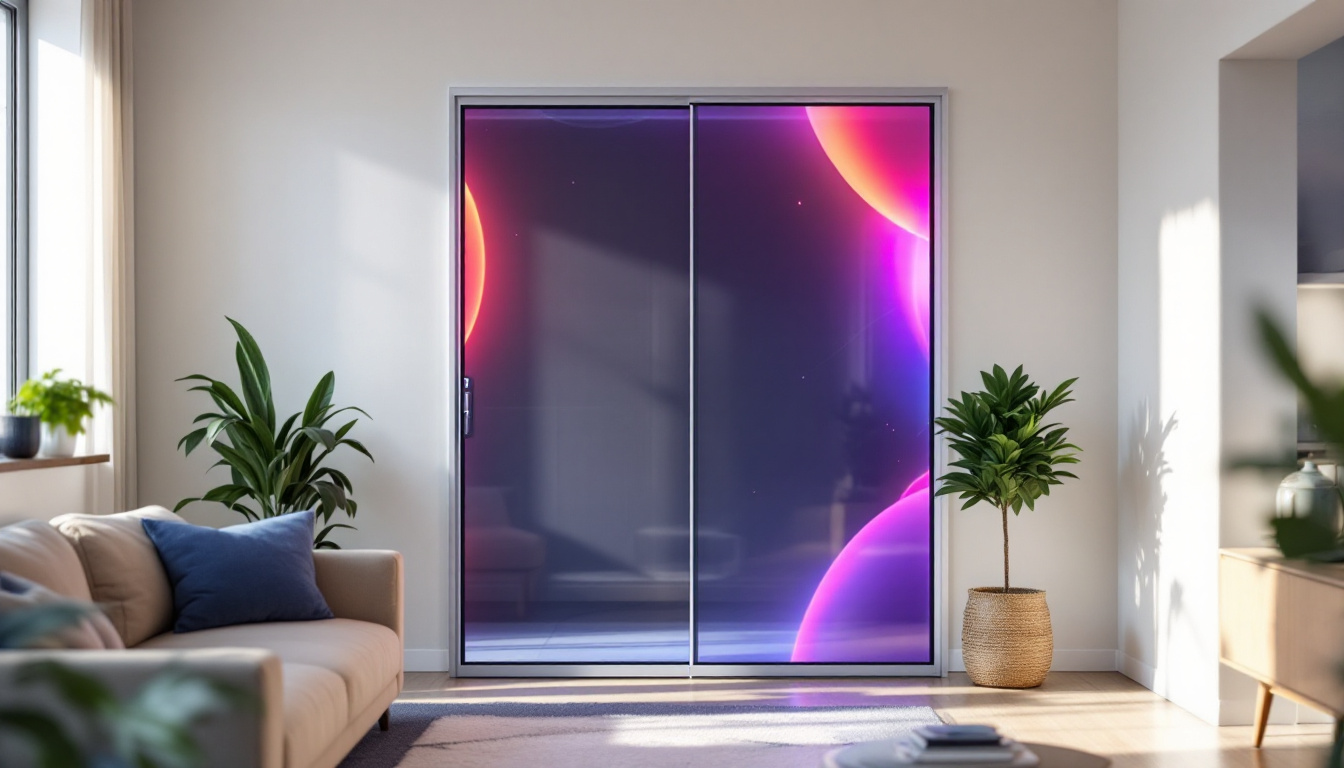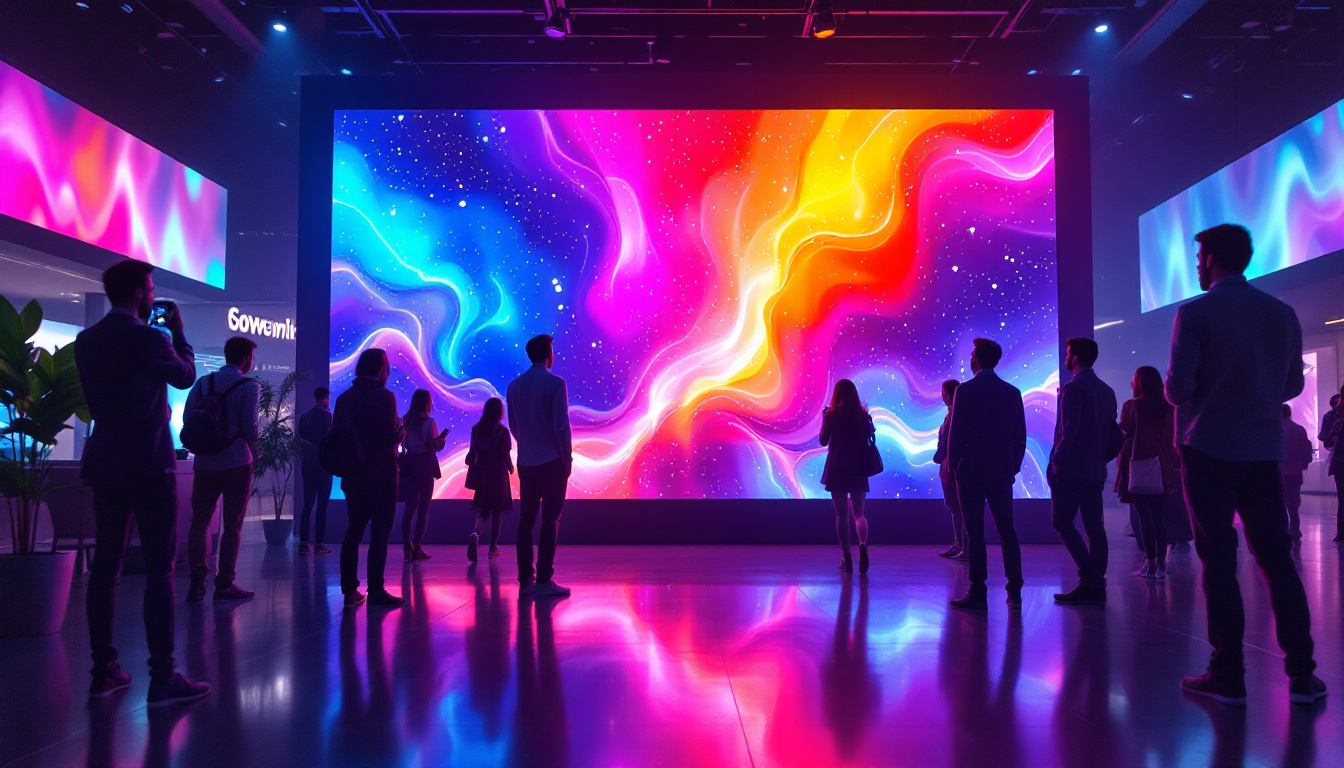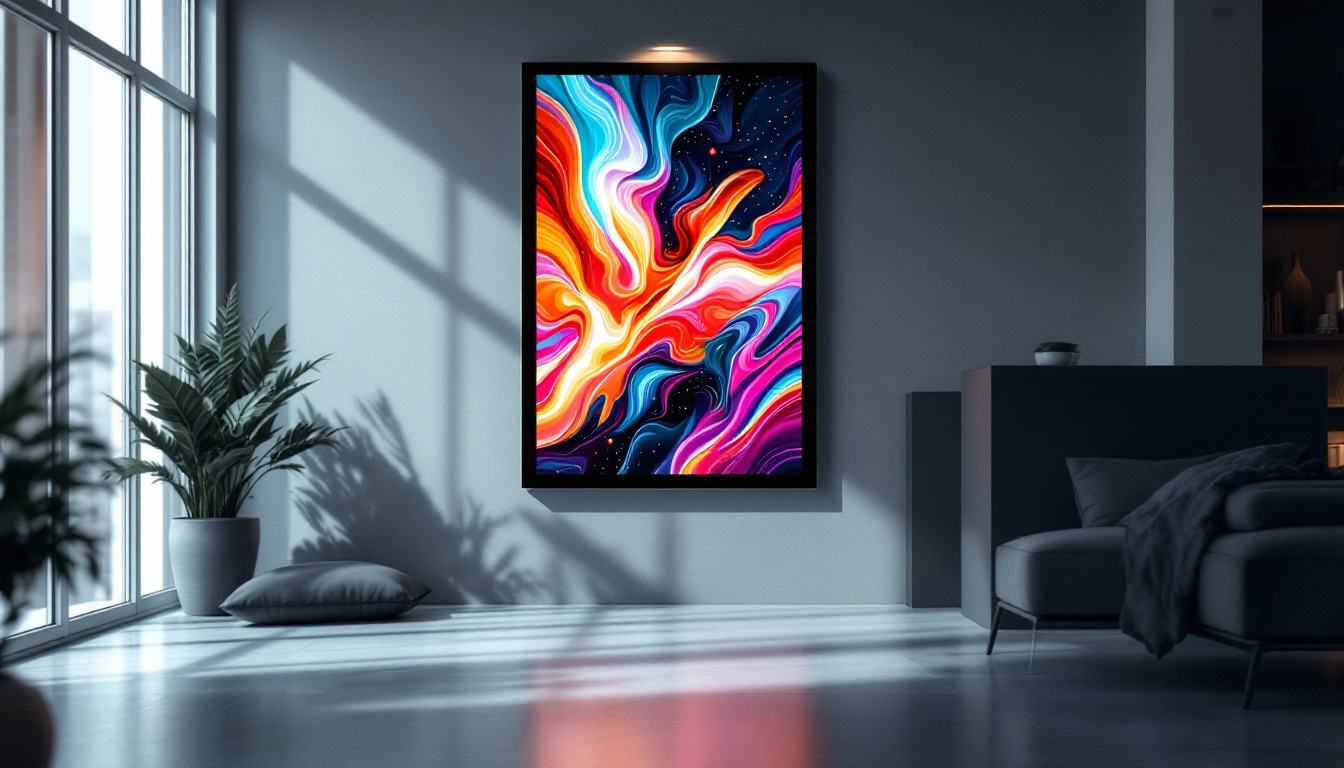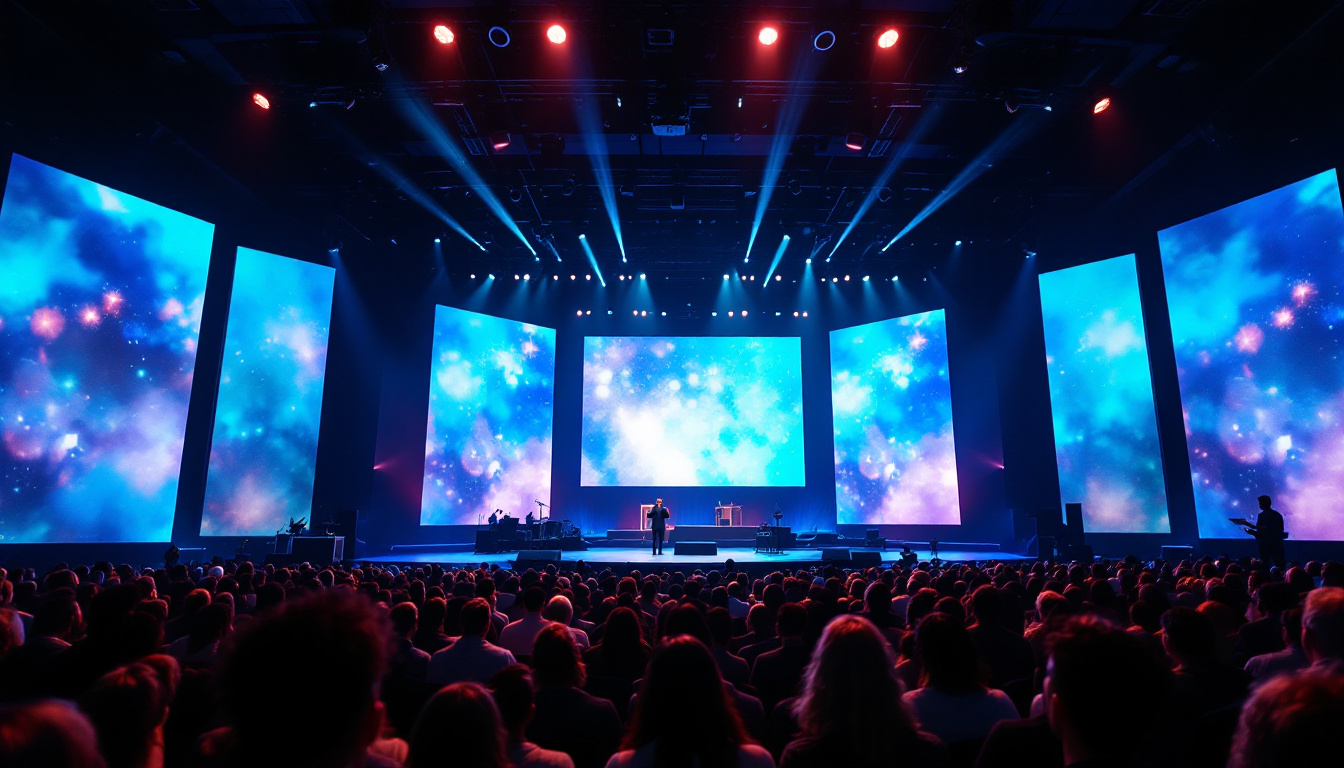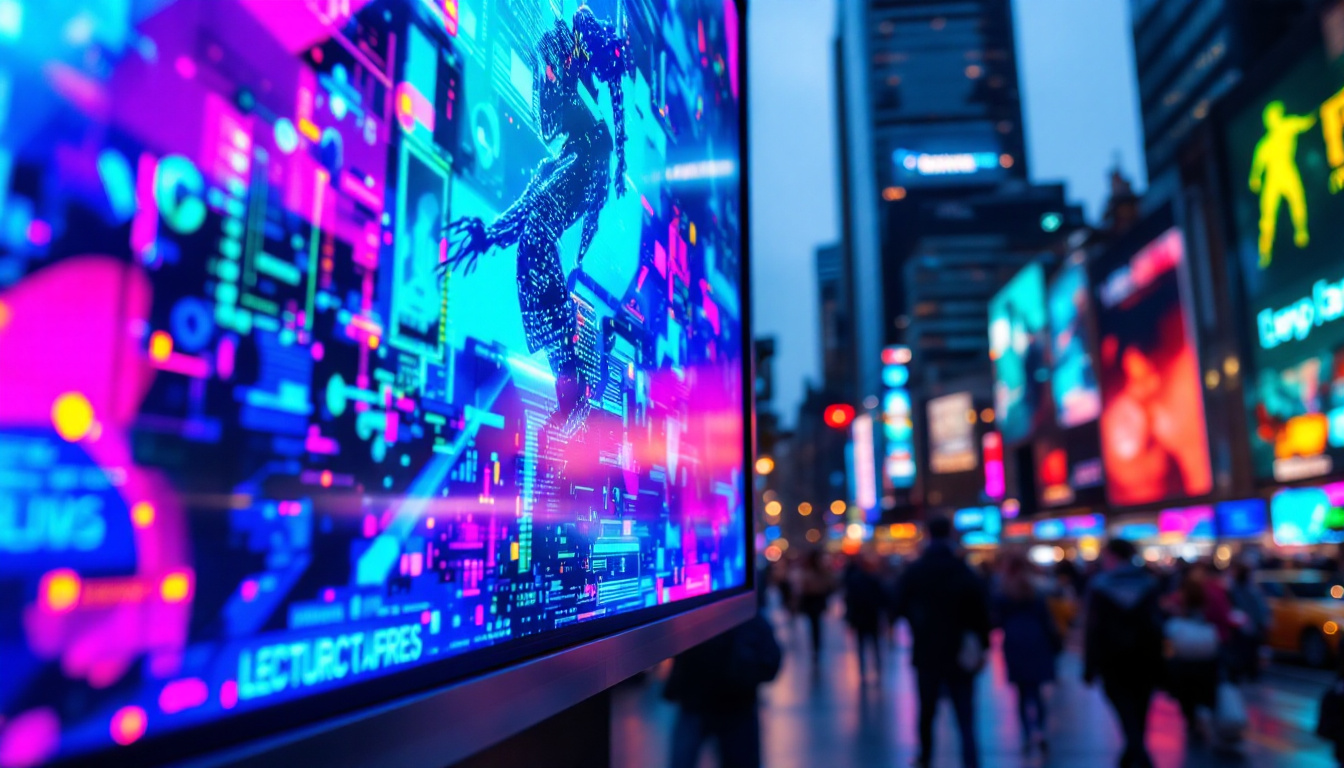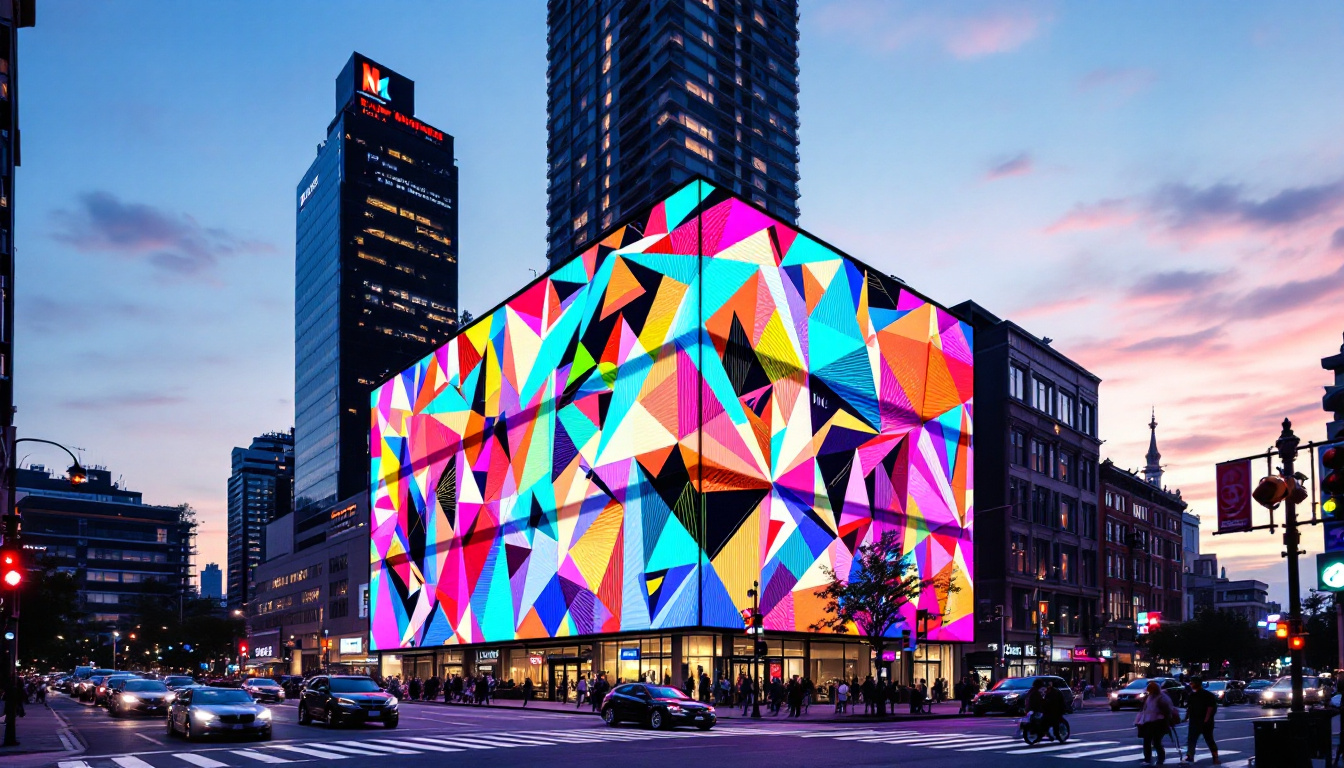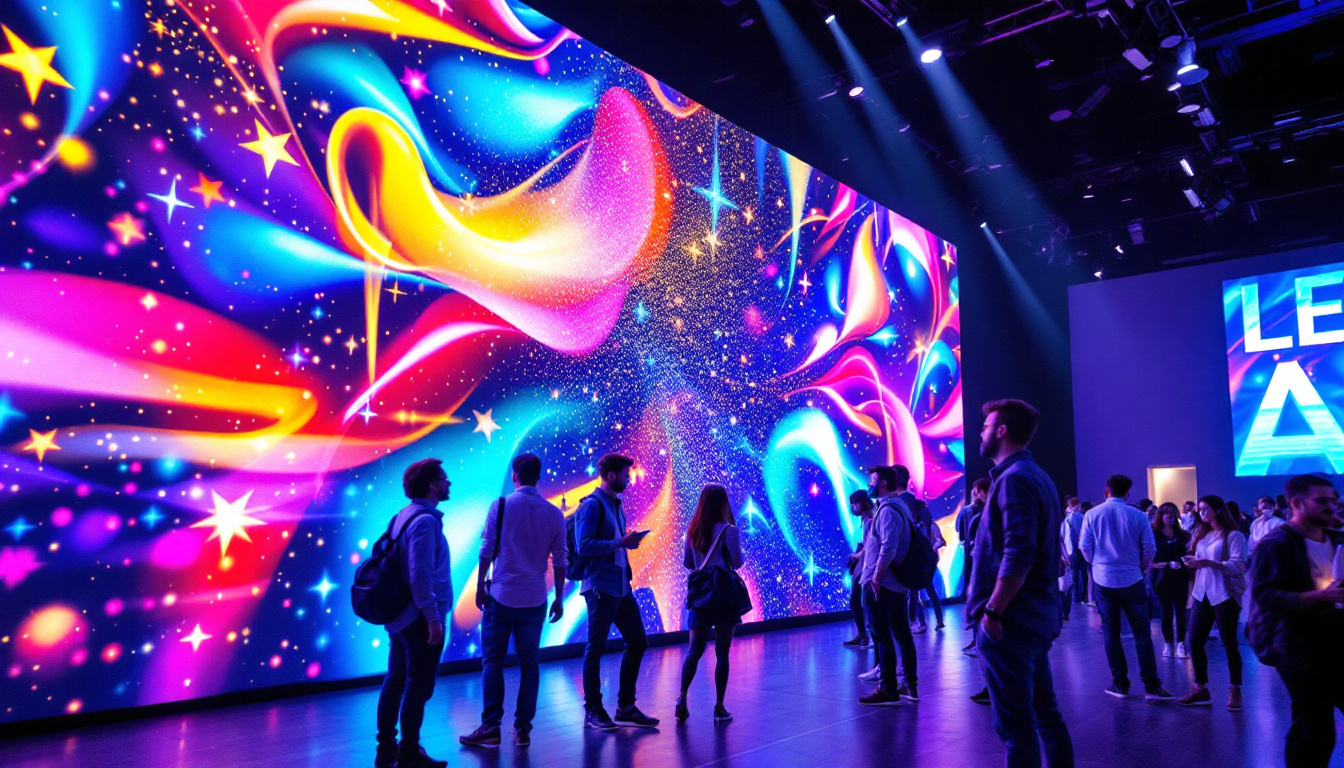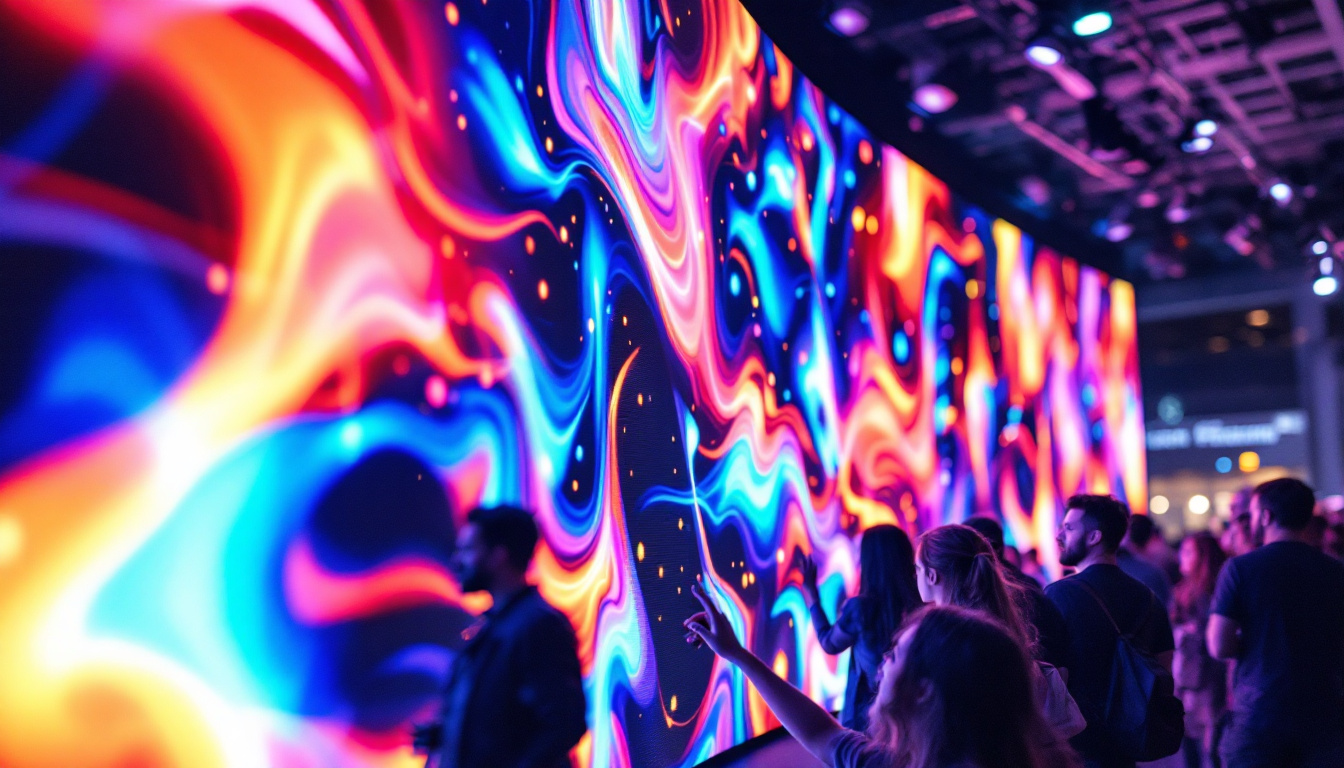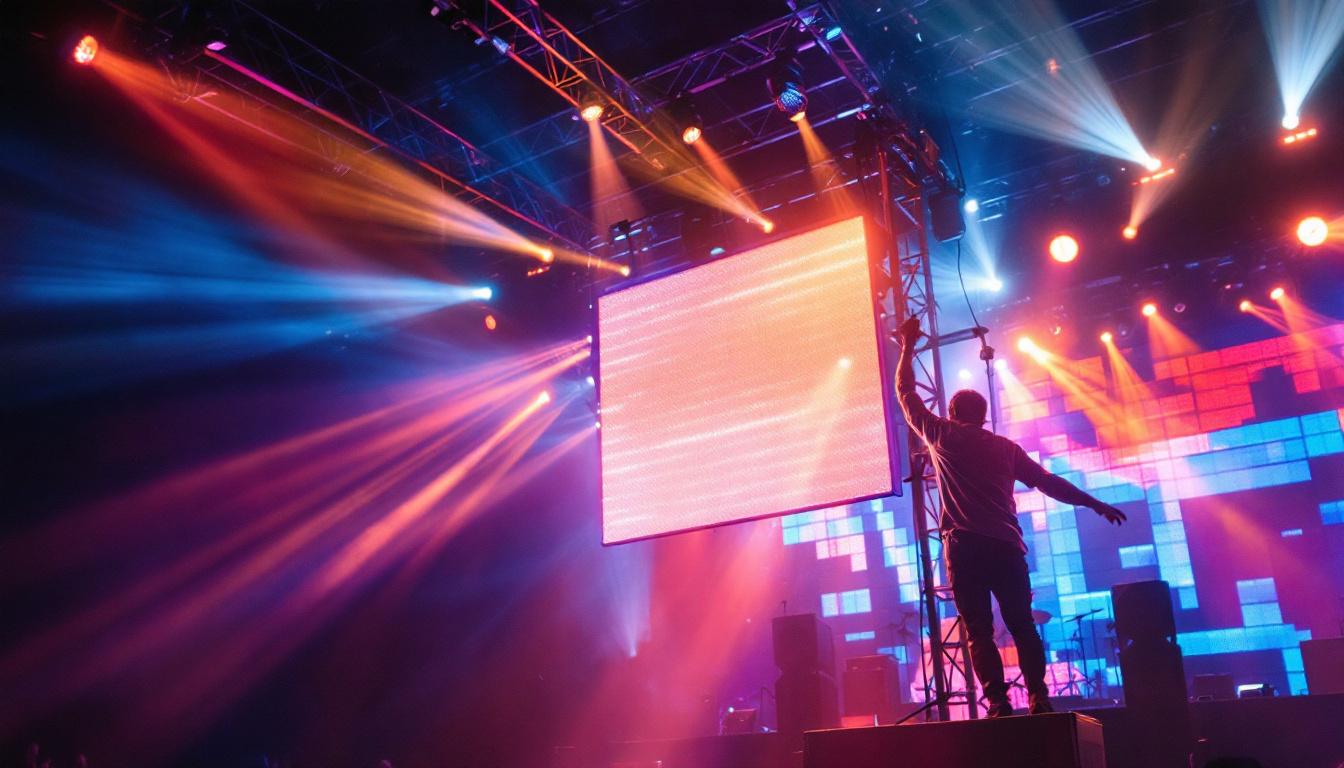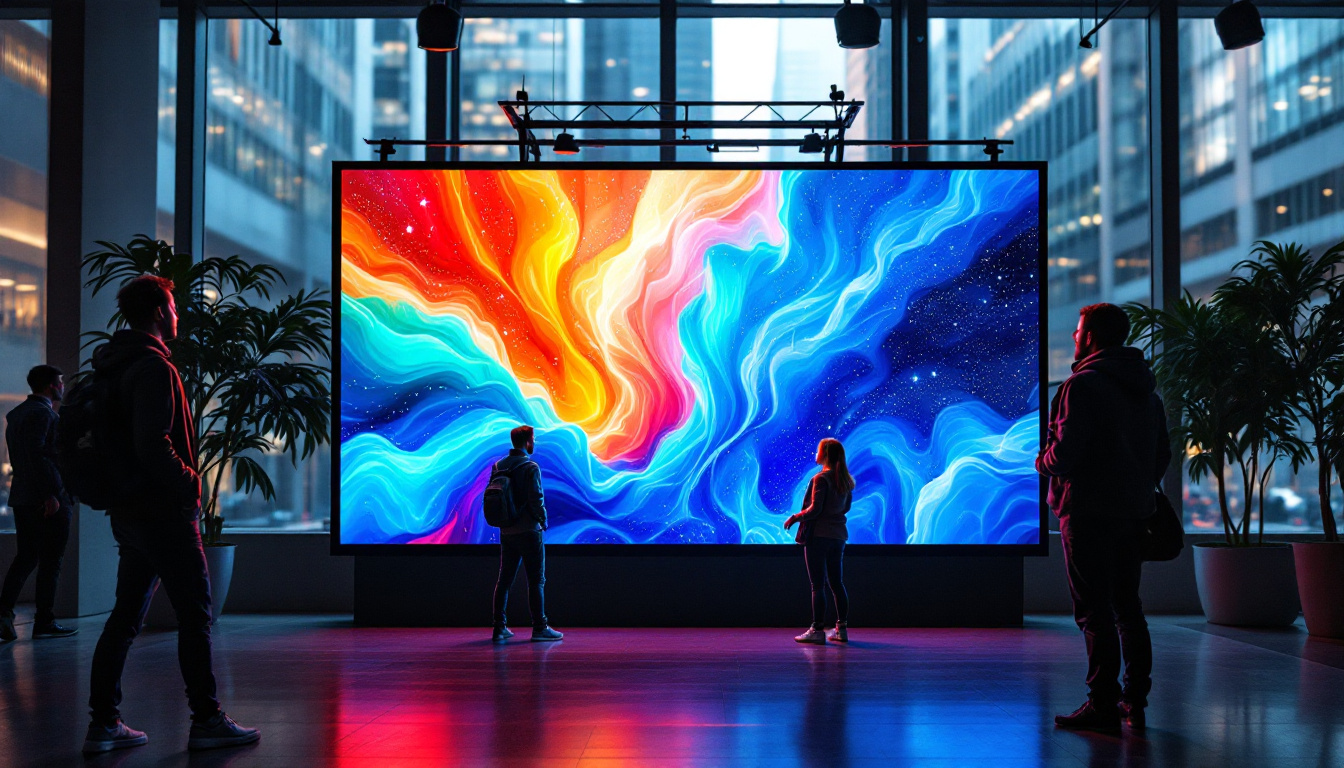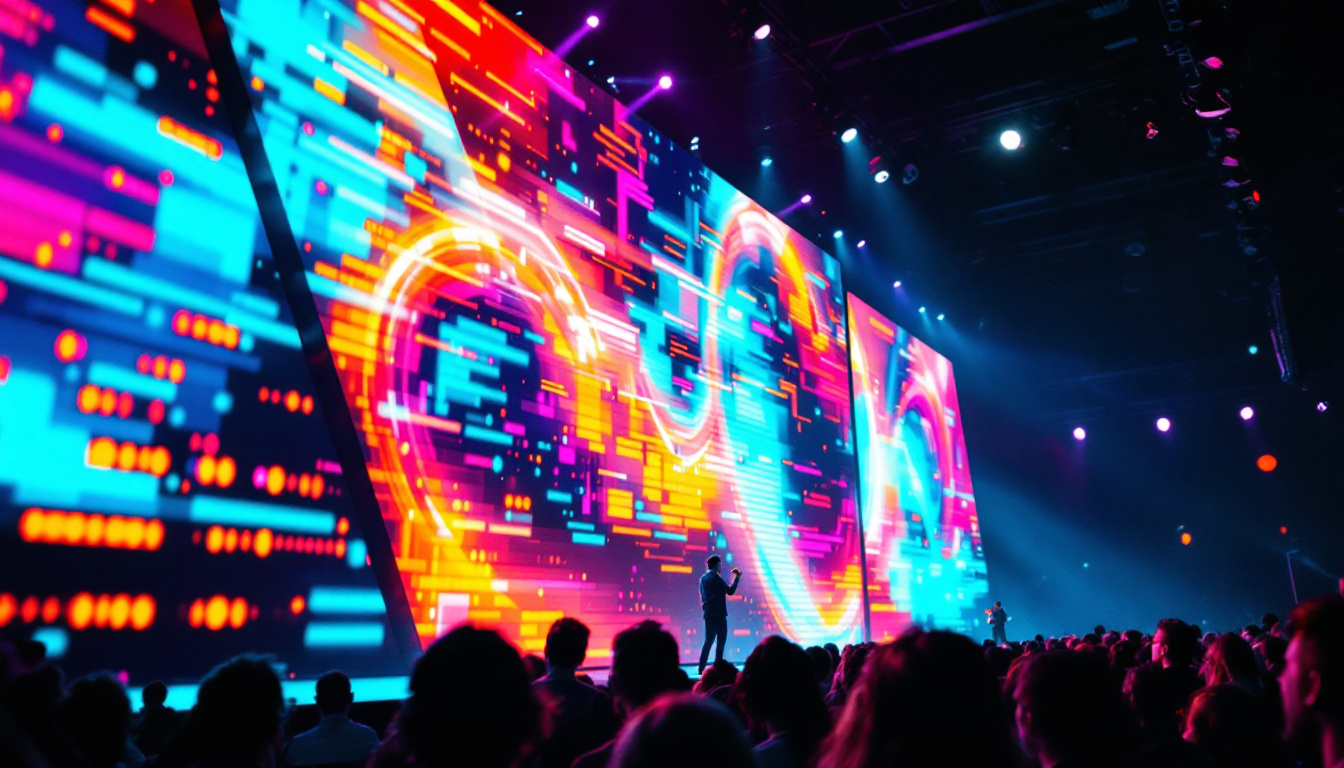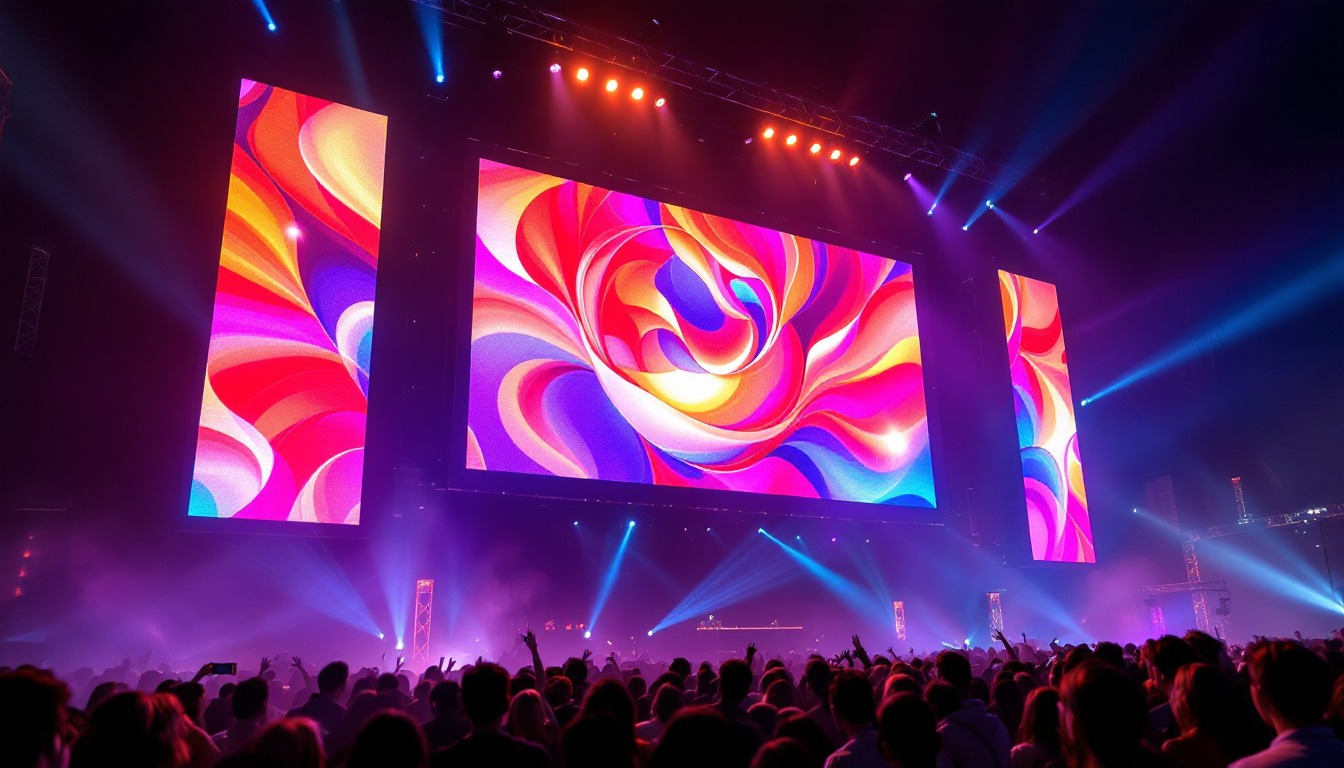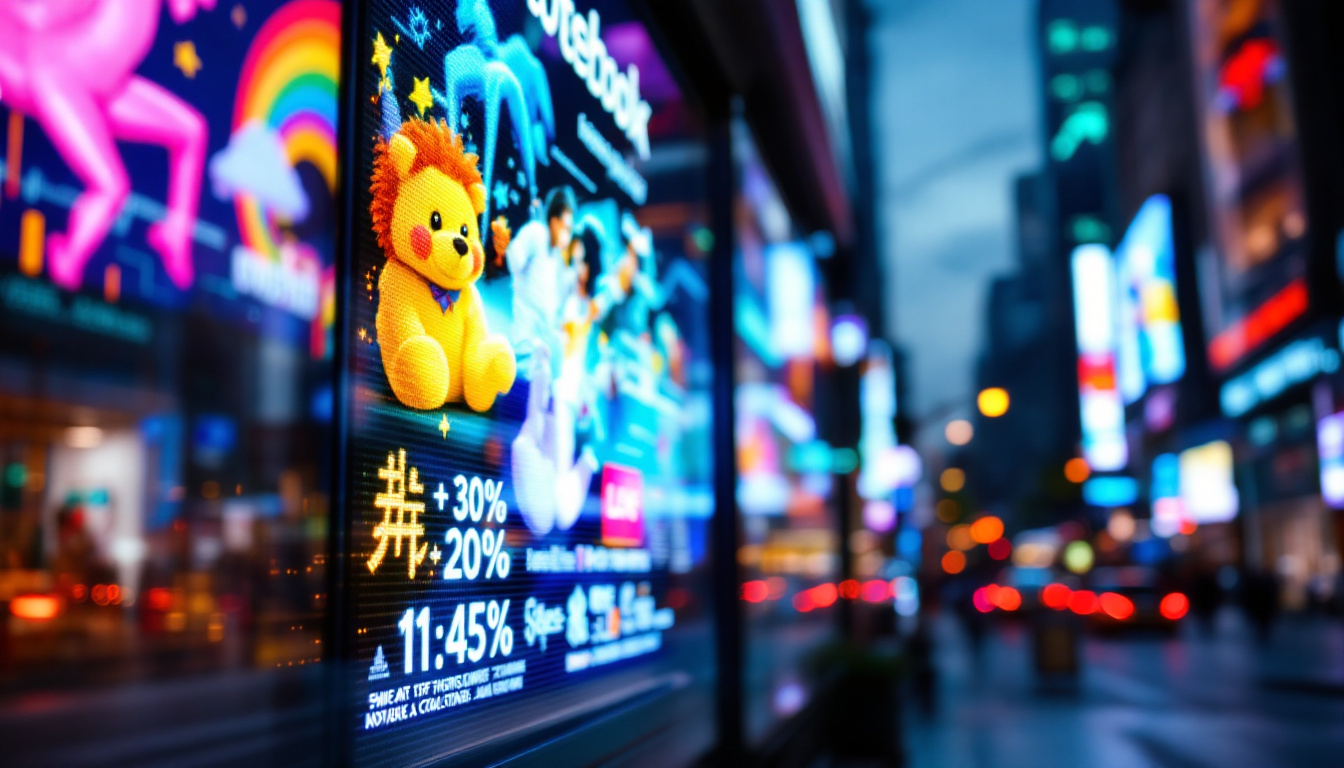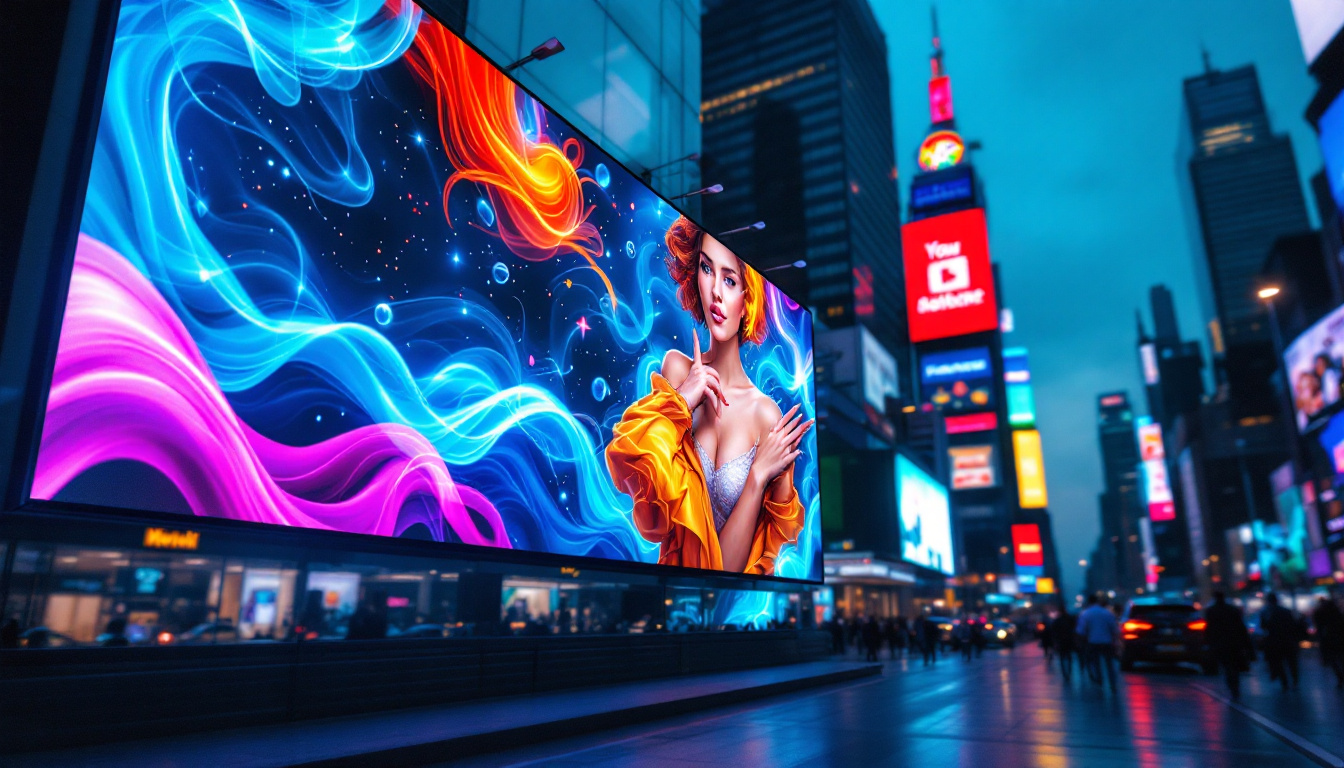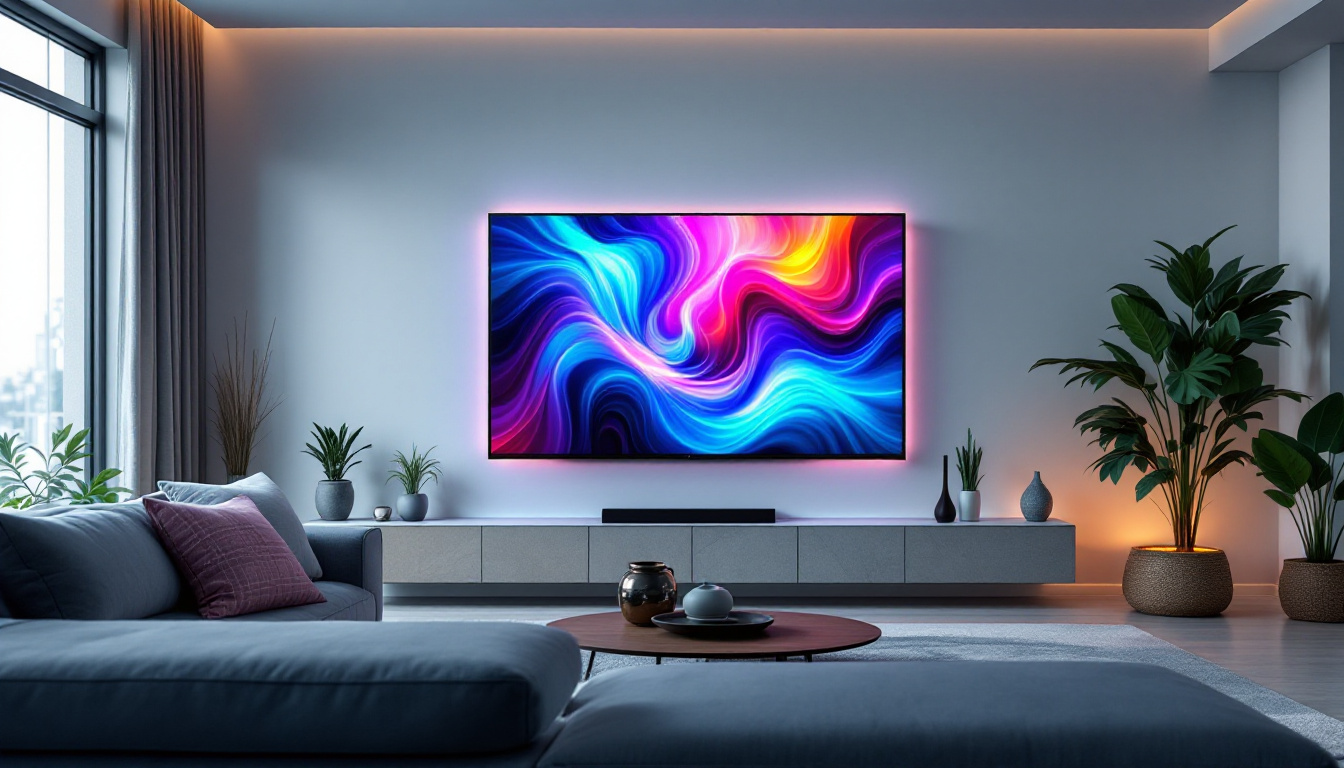In today’s fast-paced digital world, the way businesses communicate with their audiences has evolved significantly. One of the most effective methods of communication is through digital banner displays, particularly those utilizing LED technology. This article delves into the intricacies of LED displays, their advantages, applications, and the technology that powers them.
Understanding LED Technology
Light Emitting Diodes (LEDs) are semiconductor devices that emit light when an electric current passes through them. They have become the backbone of modern digital displays due to their efficiency, longevity, and versatility. Unlike traditional lighting sources, LEDs consume less power and have a longer lifespan, making them an ideal choice for outdoor and indoor advertising. The rapid advancement in LED technology has also led to significant reductions in manufacturing costs, making high-quality displays more accessible to businesses of all sizes.
Moreover, the environmental benefits of LEDs cannot be overlooked. They are free from toxic materials such as mercury, which is commonly found in fluorescent lighting, and they emit less heat, reducing the need for additional cooling systems in buildings. This energy efficiency not only translates to lower electricity bills but also contributes to a smaller carbon footprint, aligning with global efforts to promote sustainability and reduce energy consumption.
The Science Behind LEDs
LEDs work on a simple principle: when electrons move through a semiconductor material, they release energy in the form of light. This process is known as electroluminescence. The color of the light emitted depends on the materials used in the semiconductor. By combining different colored LEDs, displays can produce a wide spectrum of colors, allowing for vibrant and eye-catching visuals. This versatility in color production is further enhanced by advancements in technology, such as the development of RGB (red, green, blue) systems, which enable the creation of millions of different hues and shades.
Additionally, the compact size of LEDs allows for innovative designs that were previously impossible with traditional lighting. For example, they can be embedded in various surfaces, creating dynamic lighting effects that can change in response to the environment or user interaction. This adaptability has opened up new avenues for artistic expression and functional design, making LEDs a popular choice in architectural lighting and art installations.
Types of LED Displays
There are several types of LED displays, each suited for different applications. The most common types include:
- Direct View LED Displays: These displays consist of individual LED modules that create images directly viewed by the audience. They are often used in outdoor advertising and large venues.
- LED Video Walls: Composed of multiple LED panels, these walls can create large, seamless displays ideal for concerts, sports events, and corporate presentations.
- Flexible LED Displays: These are lightweight and can be bent or shaped to fit various surfaces, offering creative possibilities for installations.
In addition to these common types, there are also specialized LED displays designed for niche applications. For instance, transparent LED displays are gaining popularity in retail environments, allowing for product visibility while still showcasing dynamic advertising content. Similarly, outdoor LED billboards are engineered to withstand harsh weather conditions, ensuring that they remain functional and vibrant regardless of the environment. As technology continues to evolve, the possibilities for LED applications seem limitless, paving the way for innovative marketing strategies and enhanced user experiences.
Advantages of LED Displays
LED displays offer numerous advantages over traditional display technologies, making them a popular choice for businesses looking to enhance their advertising efforts.
Energy Efficiency
One of the most significant benefits of LED technology is its energy efficiency. LED displays consume significantly less power compared to traditional incandescent or fluorescent displays. This not only reduces operational costs but also minimizes the environmental impact, making LEDs a more sustainable choice. Furthermore, the lower energy consumption contributes to a smaller carbon footprint, aligning with the growing trend of eco-conscious business practices. As companies increasingly prioritize sustainability, investing in LED technology can enhance their brand image and appeal to environmentally aware consumers.
Brightness and Visibility
LED displays are known for their exceptional brightness, making them easily visible even in direct sunlight. This high visibility is crucial for outdoor advertising, where competition for attention is fierce. The ability to adjust brightness levels also allows for optimal viewing conditions at any time of day. Additionally, the color accuracy and vibrancy of LED displays can captivate audiences, drawing them in with stunning visuals that traditional displays often cannot match. This capability is particularly beneficial for dynamic advertising campaigns that rely on eye-catching graphics and animations to convey messages effectively.
Longevity and Durability
LEDs have a much longer lifespan than traditional display technologies, often lasting over 100,000 hours. This durability translates to lower maintenance costs and reduced frequency of replacements. Additionally, LED displays are more resistant to shock and vibration, making them suitable for various environments. Their robust construction means they can withstand harsh weather conditions, making them ideal for outdoor installations. This resilience not only ensures consistent performance but also provides peace of mind for businesses that rely on these displays for critical advertising and communication needs. Moreover, the low heat emission of LED technology reduces the risk of overheating, further extending the lifespan and reliability of the display systems.
Applications of LED Displays
The versatility of LED displays allows them to be utilized in a wide range of applications across various industries.
Advertising and Marketing
In the realm of advertising, LED displays have revolutionized how brands communicate with consumers. From large billboards in busy urban areas to smaller displays in retail stores, LED technology enables dynamic content that can be updated in real-time. This capability allows businesses to run promotions, showcase new products, and engage customers effectively. The vibrant colors and high brightness of LED displays ensure that advertisements stand out, even in direct sunlight, capturing the attention of passersby. Moreover, the ability to integrate interactive elements, such as QR codes or touch screens, enhances consumer engagement, allowing for a more personalized shopping experience.
Events and Entertainment
LED displays have become a staple in the events and entertainment industry. Concerts, festivals, and sporting events often feature large LED screens that enhance the audience experience. These displays can show live feeds, graphics, and animations, creating an immersive environment that captivates attendees. In addition to their visual impact, LED displays can also be synchronized with sound systems to create a cohesive audio-visual experience, amplifying the emotional response of the audience. The flexibility of LED technology allows for various configurations, from curved screens to modular setups, enabling event organizers to tailor the visual experience to the venue and audience size.
Transportation and Wayfinding
LED displays are increasingly used in transportation hubs such as airports, train stations, and bus terminals. They provide real-time information about arrivals, departures, and delays, helping travelers navigate efficiently. Additionally, LED signage is used for wayfinding in large venues, guiding visitors to their destinations. The clarity and visibility of LED displays are particularly beneficial in high-traffic areas, where quick information retrieval is essential. Furthermore, these displays can be programmed to provide multilingual support, catering to diverse populations and enhancing the overall travel experience. As smart city initiatives grow, the integration of LED displays with mobile applications and IoT technology is paving the way for even more innovative solutions in transportation and navigation.
Design Considerations for LED Displays
When planning to implement LED displays, several design considerations must be taken into account to ensure effectiveness and functionality.
Pixel Pitch
Pixel pitch refers to the distance between the centers of adjacent pixels on an LED display. A smaller pixel pitch results in higher resolution and sharper images, making it ideal for close viewing distances. Conversely, a larger pixel pitch is suitable for displays viewed from a distance, such as billboards. Understanding the appropriate pixel pitch for the intended application is crucial for optimal performance.
Location and Environment
The location and environment where the LED display will be installed significantly impact its design and functionality. Outdoor displays must be weatherproof and able to withstand various environmental conditions, while indoor displays can focus more on aesthetics and resolution. Factors such as sunlight exposure, humidity, and temperature should be carefully considered during the planning phase.
Content Strategy
Effective content is essential for maximizing the impact of LED displays. Businesses should develop a content strategy that aligns with their branding and marketing goals. This includes considering the type of visuals, animations, and messages that will resonate with the target audience. Regular updates and engaging content are key to maintaining viewer interest.
Future of LED Displays
The future of LED displays looks promising, with advancements in technology paving the way for even more innovative applications.
Smart Displays
As technology continues to evolve, the integration of smart capabilities into LED displays is becoming increasingly common. Smart displays can connect to the internet, allowing for real-time updates, remote management, and data analytics. This connectivity enables businesses to tailor their messaging based on audience behavior and preferences.
Augmented Reality and Interactive Displays
Augmented reality (AR) and interactive displays are set to change the way audiences engage with content. By incorporating AR technology, businesses can create immersive experiences that blend the physical and digital worlds. Interactive displays allow users to engage directly with content, fostering greater engagement and connection.
Sustainability Initiatives
As environmental concerns grow, the LED display industry is focusing on sustainability initiatives. Manufacturers are exploring eco-friendly materials and energy-efficient production processes. Additionally, recycling programs for old displays are being implemented to reduce electronic waste, contributing to a more sustainable future.
Conclusion
Digital banner displays using LED technology have transformed the landscape of advertising, communication, and information dissemination. Their energy efficiency, brightness, and versatility make them an invaluable tool for businesses across various sectors. As technology continues to advance, the potential applications and capabilities of LED displays will only expand, paving the way for more innovative and engaging experiences. Understanding the fundamentals of LED displays, their advantages, and future trends is essential for businesses looking to leverage this powerful medium effectively.
Discover LumenMatrix LED Display Solutions
Ready to elevate your brand’s presence and captivate your audience with stunning visuals? Explore LumenMatrix’s comprehensive range of LED display solutions, where innovation meets excellence. From vibrant Indoor and Outdoor LED Wall Displays to dynamic Vehicle and Sports LED Displays, each product is crafted to deliver maximum impact. Embrace the future of visual communication with our LED Poster Displays, Floor LED Displays, and revolutionary All-in-One and Transparent LED Displays. Join us in transforming spaces and experiences—check out LumenMatrix LED Display Solutions today and let your message shine with unparalleled clarity and vibrancy.

